Beat

YOUR COMPREHENSIVE HEALTH DIRECTORY OF THE AREA‘S LOCAL BUSINESSES
A Supplement of the Lewiston Tribune and Moscow-Pullman Daily News



Physical Therapists: Helping Americans Move With Ease
Physical therapy is one of the most crucial, but also one of the most overlooked health professions. Physical therapists and physical therapist assistants treat injuries and impairments that limit a person’s ability to move or perform basic day-to-day activities. These health professionals work with patients to help them regain mobility and function in different parts of their body and improve the overall quality of their lives. This October, in honor of National Physical Therapy Month, here are several things you should know about physical therapy.
Some common specializations for physical therapists include sports, geriatrics, orthopedics and pediatrics.
Physical therapists cooperate and coordinate with doctors and nurses. While physical therapy is its own distinct health profession, physical therapists often work closely with doctors and nurses when treating patients. For instance, when a person breaks a bone or undergoes major surgery, a doctor will often refer the patient to a physical therapist to help them regain movement during their recovery.

Physical therapy involves a variety of methods and treatments. Physical therapists may treat patients by using their hands to administer adjustments and massages, or by giving patients exercises and stretches to do. In some cases, electrotherapy is used.
Physical therapists specialize in treating different kinds of patients and impairments.
Physical therapy can be a drug-free way to manage chronic pain. Recently, the US Centers for Disease Control and Prevention (CDC) urged health-care providers to recommend physical therapy as a safer alternative to taking prescription opioids for the management of chronic pain.
PHYSICAL THERAPY

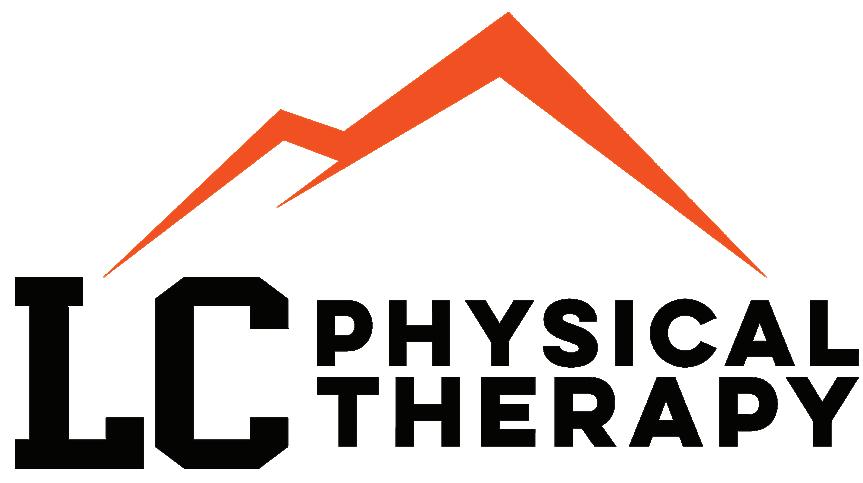
Senior Living: Choose a Place That Meets Your Needs
If you’re thinking about moving to a seniors’ residence, you should know that different types of facilities offer varying services. Therefore, it’s best to consider the state of your health as well as your interests, budget and degree of autonomy when choosing a place to live. Here’s an overview of the main services offered by various seniors’ residences.
WELLNESS CARE
Whether you’re independent, semiindependent or require daily care, seniors’ residences can offer you assistance maintaining your health, well-being and appearance. These include services related to:
• Bathing and showering
• Getting dressed
• Hairdressing (cutting, styling, etc.)
• Distribution of medication
• Changing bandages
• Oral hygiene (natural teeth or dentures)
• Manicures and pedicures (with or without nail polish)
• Mobility support (moving around, transfers, getting up from and going to bed, etc.)
• Follow-ups with health professionals (pharmacist, doctor, nurse, etc.)
• Animal therapy
Your well-being is important, and you should have quality care. Let yourself be treated to the assistance you deserve, delivered by people who have your best
ASSISTED LIVING

interests at heart.
SPORTS AND RECREATION
There are numerous benefits to keeping your body and mind active as you get older. That’s why seniors’ residences offer a wide range of stimulating activities. Depending on the facility, these may include:
• Arts and crafts (knitting, sewing, crafts, etc.)
• Billiards
• Bingo
• Puzzles
• Choir
• Movies
• Clubs (walking, reading, etc.)
• Group classes (yoga, aerobics, etc.)
• Fitness training (weight machines, stationary bikes, free weights, etc.)
• Gardening
• Games (board, card, video, etc.)
• Freestyle swimming or aqua fitness classes
• Bocce ball or pétanque
• Shuffleboard
SENIOR LIVING continued on page 14

Teaching Your Child About The Importance Of Good Dental Hygiene Made Easy
Your child’s oral health is closely linked to their overall health and quality of life. Dental problems can lower your child’s self-esteem, lead to language delays, interfere with chewing and impact their growth. Here are some tried-and-tested methods to increase your child’s awareness about dental hygiene:
• Make brushing a habit. Involve your child in brushing their teeth as early as possible. This will help them understand that it’s not a task, but a habit that benefits their health. Let them choose an age-appropriate toothbrush and toothpaste to make the experience more enjoyable. You can also set a good example by brushing your teeth at the same time.
• Read books on the subject. Read your child a few stories about teeth brushing to help them learn some brushing techniques.
DENTIST
By relating to a storybook character, your child will be more likely to understand the importance of taking good care of their mouth.
• Make brushing fun. Technology and games can make teeth brushing more fun for your child. Depending on their age, you can turn brushing into an exciting activity by setting achievable goals and rewarding their successes to encourage their sense of responsibility. Some apps and electric toothbrushes can also guide your child through brushing in a fun way.
Team up with your child’s dental hygienist and dentist to optimize their oral health all year round.

Gingivitis 101:
How To Recognize, Treat And Prevent It
Dentistry by Design
Sedation Dentistry
Cosmetic Dentistry
Natural Looking Crowns & Bridges
Same Day Crowns
Porcelain Veneers & White Fillings
Botox Treatments
For migraines
Teeth Whitening Home Care Kits
Root Canal Therapy
Periodental Care


Gingivitis is a reversible inflammatory disease that affects the gums. It’s mainly caused by plaque build-up. However, other factors can cause or contribute to it, including hormonal changes or certain medications.
SYMPTOMS
Over time, plaque can accumulate near the gums and harden, forming tartar. This can cause an inflammatory reaction, resulting in red and swollen gums that bleed easily when brushing. If you notice any of these symptoms, it’s important to consult your dentist. If left untreated, gingivitis can progress into periodontitis, a serious disease that can result in tooth loss.
TREATMENT
If you have gingivitis due to tartar build-up, only your dental hygienist or dentist can remove this calcified plaque from your
teeth using special tools. They’ll also give you advice on how to prevent this from happening in the future.
If your gum inflammation is due to a medical condition, your dentist or doctor may suggest making certain changes to your eating and lifestyle habits, such as quitting smoking.
PREVENTION
Gingivitis is commonly caused by poor oral hygiene habits. Therefore, the best way to prevent it is to brush your teeth twice a day, floss daily and visit your dentist regularly for professional cleanings. If you have gum disease because of a medical condition, it’s crucial to follow up with your doctor. Are you worried about your gums? Make an appointment with your dentist to get the facts straight and restore your oral health.
Local Anesthetic at the Dentist Explained
Will an area of your mouth be numbed at your next dental appointment? Are you worried about the procedure? Here’s everything you need to know about local anesthesia to help you prepare for your dental treatment.
1. WHAT’S LOCAL ANESTHETIC?
Unlike general anesthesia, which puts you to sleep completely, local anesthesia focuses on numbing a specific area of your mouth to reduce any pain you may feel during the procedure.
2. HOW DOES ANESTHETIC WORK?
There are two types of local anesthesia: topical and injection. Topical anesthesia involves applying an anesthetic gel to the gums or inside the cheek with a cotton swab. This type of anesthesia may be applied before an injection.
On the other hand, injection anesthesia uses a needle to administer an anesthetic agent into the gum tissue. This method numbs the affected area for one to several hours, depending on the duration of the procedure.
Both types of anesthesia work by numbing the nerves responsible for transmitting pain signals to the brain. This means that you won’t feel any pain during the procedure, but you’ll still be awake and able to communicate with your dentist.
3. ARE THERE ANY SIDE EFFECTS?
Local anesthesia is generally safe and causes few to no side effects. However, you may experience some swelling, bruising at the injection site or numbness that extends beyond the anesthetized area. These effects usually fade within a few hours. To avoid any complications, it’s important to inform your dentist if you’re taking medications, have any allergies or heart problems or if you’re pregnant.
Local anesthesia is commonly used for major procedures, such as wisdom teeth extraction, as well as routine procedures. If you’re particularly anxious, ask your dentist about conscious sedation.
DENTIST
•
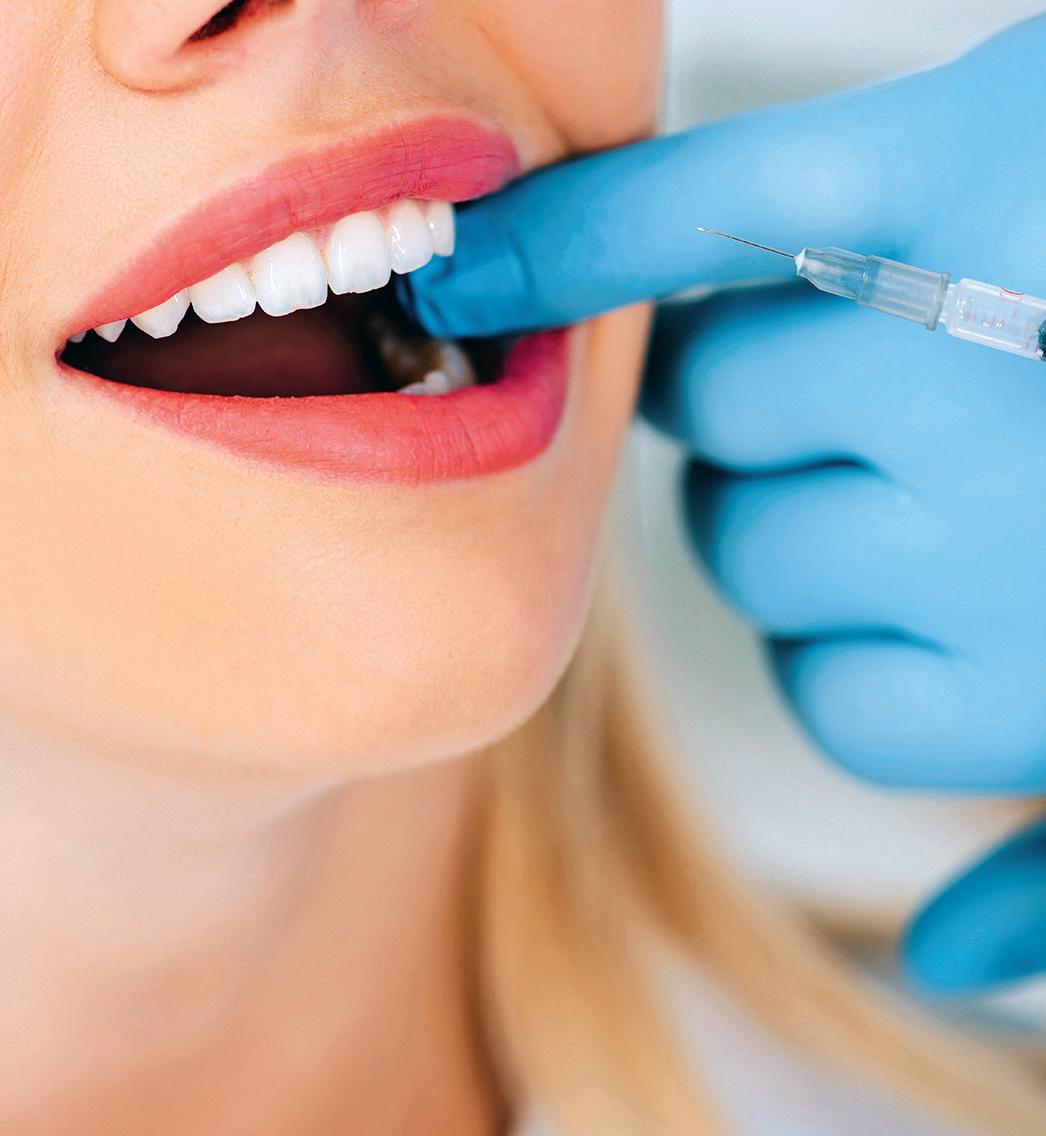
DENTIST




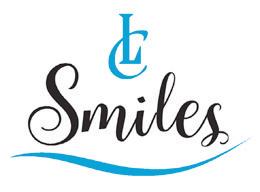





Raising Awareness About Women‚s Cardiovascular Health
In 2004, the American Heart Association (AHA) launched the Go Red for Women campaign to raise awareness about the large numbers of women dying each year from heart disease and encourage Americans to take control of their cardiovascular health.
An estimated 44 million women in the U.S. are affected by cardiovascular disease and it is the leading cause of death among women worldwide. However, many women don’t realize they’re at risk. This is in part because in the past, men were seen as having a higher risk
of heart disease and stroke. As a result, research has disproportionately concentrated on cardiovascular diseases in men. Because of this lack of attention to women’s cardiovascular health, women tend to be under-informed about the symptoms and risk factors of heart disease. What’s more, new research has shown that women sometimes experience cardiovascular problems differently than men.
CARDIO continued on page 13



Enjoy all the Sounds Life Brings
If you suffer from hearing loss or have difficulties with speech, it can leave you feeling isolated, whether you’re a senior, adult, teenager or child. In May, Speech and Hearing Month aims to raise awareness about this kind of isolation and the importance of early detection and treatment for the communication disorders that can cause it.
In 2016, the focus is communication across the lifespan. The sponsor of the awareness campaign, Speech-Language and Audio logy Canada (SAC), wants to emphasize that communication disorders can affect the quality of life of people of all ages. However, if a problem is identified early on in its development, there are good chances of recovery or improvement.
Here are the key players in helping patients deal with communication disorders.
Speech-language pathologists are sometimes called speech and language
therapists. They can assess for and treat:
• speech and language delays and disorders
• swallowing and feeding disorders
• cognitive-communicative disorders (including social communication skills and executive functioning problems)
• pre-literacy and literacy skills
• fluency disorders such as stuttering
• voice and resonance disorders
Audiologists assess, diagnose and treat hearing and balance disorders. They help pa tients deal with:
• hearing disorders in people of all ages
• hearing aids and other assistive devices
• auditory processing disorders
• tinnitus
• sensitivities to certain sounds
• balance disorders
Communication health assistants work with speech-language pathologists and audiologists to:
HEARING AID SERVICES

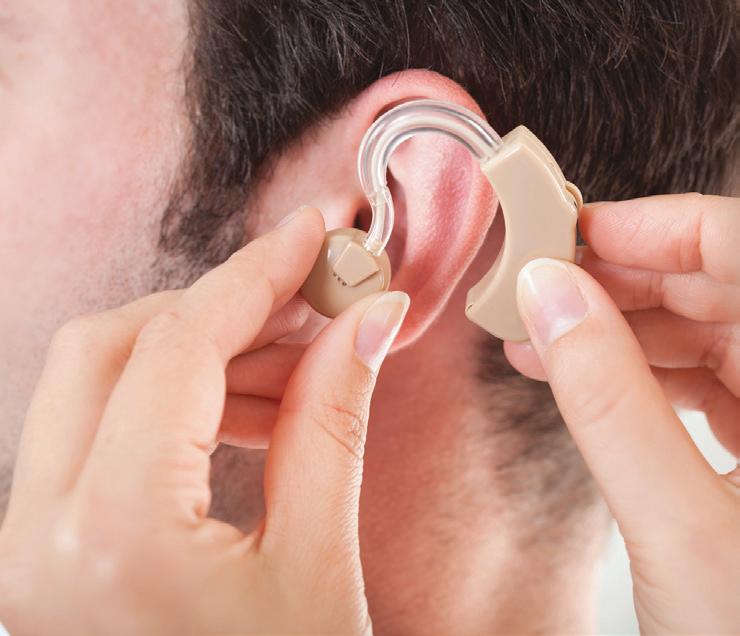
• conduct screening programs and assessments
• carry out treatment plans
• modify hearing devices and coach clients on how to use them
• provide education on therapeutic practices and hearing-loss prevention
disorders: http://sac-oac.ca/public/home.



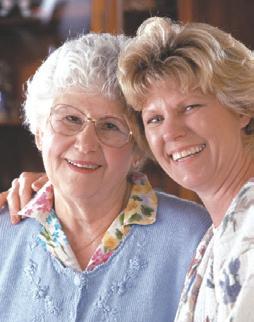




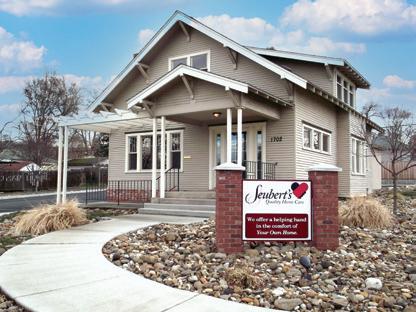


Prescription Opioids:
What You Need To Know
Prescription opioids are medications used for treating acute pain due to surgery, serious injury or illness. When used correctly, opioids can effectively control severe types of pain. However, they’re also powerfully addictive and taking them can lead to fatal overdoses. With the United States in the midst of an opioid crisis, it’s important to understand how these painkillers work and what to do to prevent overdosing and addiction.
ABOUT OPIOIDS
Opioid drugs are chemically similar to endorphins, which block pain by binding to receptors in your nervous system. Opioids imitate endorphins but cause a much stronger pain-blocking signal. Commonly prescribed opioid drugs include morphine, oxycodone and fentanyl.
When taking these drugs, over time your brain starts to crave
the high caused by the release of dopamine following a dose of opioids, which can lead to addiction. What’s more, since opioid receptors regulate your breathing, abusing opioid drugs can cause you to stop breathing altogether, possibly resulting in death.
PRECAUTIONARY MEASURES
If you’re prescribed an opioid, you should take the following precautions:
• Discuss possible risks and alternate treatments with your doctor
• Take the medication exactly as prescribed, at the lowest dose for the shortest amount of time possible
• Avoid giving your prescription drugs to others and store them away from children, adolescents and individuals with a history of substance abuse

Never mix opioids with alcohol
Dispose of leftover pills through a prescription takeback program
If you or someone you know experiences extreme drowsiness, slowed breathing or disorientation while taking opioids, call 911 immediately.
INSURANCE


According to numerous sleep surveys, the majority of people sleep on their sides rather than on their backs or stomachs. But did you know that which side you sleep on can affect your health?

According to experts, sleeping on your left side benefits your digestive and cardiovascular health. For instance, several studies found that lying on your left side reduces acid reflux. Since your stomach is located on the left, the position keeps gastric juices lower in your esophagus.
It also allows gravity to help with moving waste through your colon.
Some doctors also believe that lying on your left side benefits your heart by allowing blood to flow to it more easily. It’s especially recommended that pregnant women sleep on their left sides as it increases blood flow to the uterus and fetus.
INSURANCE


What Dieters Should Know About The Ketogenic Diet
Have you heard about the ketogenic diet? This increasingly mainstream means of losing weight involves drastically reducing your intake of carbohydrates and replacing them with fats, which puts your body into a metabolic state called ketosis. While some people swear by the ketogenic diet, medical professionals and dietitians have concerns about whether it’s a healthy and sustainable way to lose weight.
HOW THE KETOGENIC DIET WORKS
A ketogenic diet forces your body to burn fat for fuel instead of glucose. When you stop eating carbohydrates and glucose is no longer available, your energy
needs get fulfilled by converting fat into ketone bodies. Ketosis begins when your body must turn the fat stored in your muscles as glycogen into ketones.
To keep your body in ketosis, you have to eat a diet that’s about 70 per cent fats, 20 per cent proteins and 10 per cent carbohydrates. Approved foods include meat, eggs, non-root vegetables, nuts, oils and some dairy products like cheese and butter. Prohibited foods include bread, pasta, fruit, potatoes, beans and sweets.
WHAT ARE THE RISKS?
The ketogenic diet was developed for a specific medical purpose — to help control seizures in children with epilepsy.
Every morning, we are born again. What we do today is what matters most.
• Medication Management for mental health concerns.
• Medication Assisted Treatment for individual who are addicted to opioids, alcohol and other substances.
• Treatment for Medication Resistant Depression; TMS and Spravato.
Accepting most insurances including Idaho and Washington Medicaid.

However, it’s unclear whether it’s safe to use for weight loss over long periods of time.
There are also numerous side effects that dieters may come up against. Many people experience nausea, cramps, headaches, constipation and lightheadedness — symptoms sometimes collectively known as the “keto flu” — after their body goes into ketosis.
What’s more, the diet involves eating large amounts of saturated fats, which increases
your risk of heart disease. It may also lead to nutritional deficiencies in vitamins and minerals that you usually get from fruits and legumes.
Extreme diets like the ketogenic diet rarely yield good long-term results. If you fall off the wagon (as is easy to do with extreme diets), you’ll start to gain weight back again. It’s safer and more effective to lose weight gradually with a balanced diet that’s easier to stick to over time.
Nourish your vision with eye-friendly foods

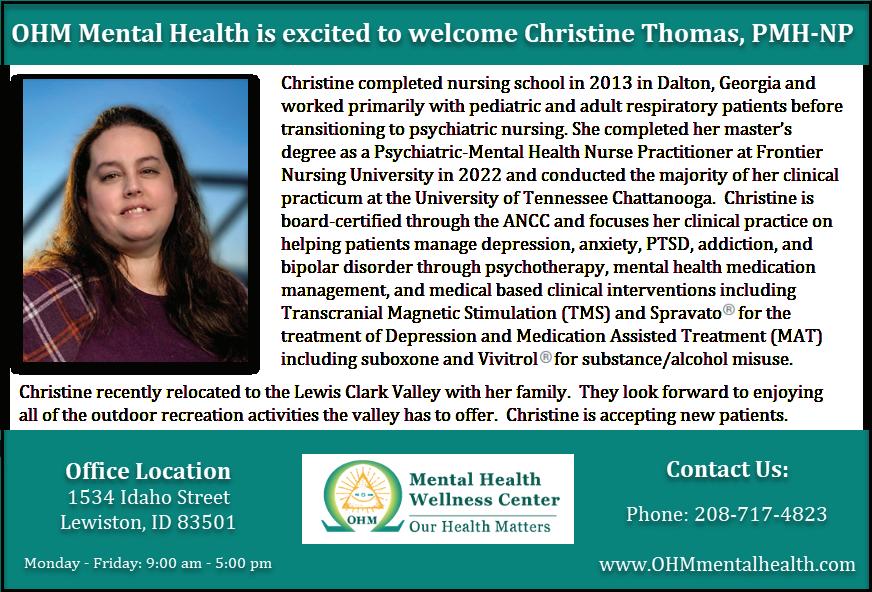
The saying “you are what you eat” extends to the health of our eyes. Nutrition plays a crucial role in maintaining optimal vision and preventing eyerelated issues. Include these specific foods in your diet to improve your eye health:
Leafy greens. Vegetables like spinach, kale and collard greens are rich in antioxidants like lutein and zeaxanthin, known to protect the eyes from harmful highenergy light waves like ultraviolet (UV) rays.
Omega-3 fatty acids. Fatty fish such as salmon, mackerel and trout are abundant in omega-3 fatty acids. These essential fats contribute to the structural support of cell membranes in the eyes and may help prevent agerelated macular degeneration (AMD) and dry eyes.
Colorful fruits and vegetables. Fruits and vegetables with vibrant
colors — like carrots, bell peppers and berries — contain vitamins, beta-carotene and antioxidants that support overall eye health.
Nuts, legumes and seeds. Almonds, walnuts, lentils, chia seeds and flaxseeds are rich in vitamin E and zinc, that promote retina health and prevent cataracts and AMD.
Whole grains. Whole grains like quinoa, brown rice and oats contain vitamin E, zinc and niacin, contributing to overall eye health. Water. Staying hydrated is essential to maintain healthy eyes and prevent the symptoms of dry eyes.
May is Healthy Vision Month, so be sure to include these nutrient-rich foods in your daily meals to help maintain your vision. Remember, a wellbalanced diet is a critical ingredient in the recipe for longterm eye health.
Tips To Make Living With Arthritis Easier
Arthritis can make it difficult to perform a variety of tasks, from getting dressed in the morning to washing dishes at night. Here are three ways you can improve your quality of life if you have arthritis.
1. Keep moving. Regular exercise is essential for maintaining joint function and bone density and can help relieve arthritis symptoms. Plus, exercise promotes better sleep and helps with weight management.
2. Maintain a healthy diet. Eating an anti-inflammatory diet—which involves replacing sugary, refined foods with fruits, vegetables, fish, lean meats and whole grains — has been shown to
help reduce arthritic pain caused by joint inflammation. If you’re overweight, weight loss can reduce pressure on your joints.
3. Make your home accessible. Small adjustments made to your home — such as using a shower stool or keeping items on lower shelves — can ease pain and stress. Look for ergonomic equipment and assistive devices that can be used at home to improve your grip and avoid unnecessary bending or reaching.
Finally, ask for help from family members and friends if you need it and continue to meet with your doctor regularly to address ongoing health concerns.
Avalon Progressive Care
Private and Semi-Private Rooms
• 24 hr assistance with personal and daily living activities
• Medication Monitoring, Administration, and Assistance
• Specialized Alzheimer, Dementia and End of Life Care
• Registered Nurse available 24 hrs a day
• Daily menus and specialized diets by registered dietitian.
• Beauty Salon and many more amenities
• Family owned and operated providing Elderly Care in the Valley since 1987
CARDIO
continued from page 8
For example, some women don’t realize they’re having a heart attack because their symptoms differ from those experienced by men.
Go Red for Women aims to reduce the number of women who die from cardiovascular diseases by providing women with the information and resources they need to assess their risk for these conditions,
make healthy choices with regard to eating and exercising and manage their cholesterol and blood pressure. The campaign raises funds to support research, education and community programs to help women with heart problems and sponsors a national “Wear Red” day during Heart Month each February.
To learn about how you can get involved this Heart Month, visit the Go Red for Women website at: goredforwomen.org.
FUN FACTS about your heart
You can actually have a “broken heart.” Broken heart syndrome, also known as stress-induced cardiomyopathy, is a real medical condition that causes people to experience symptoms similar to a heart attack after an emotionally stressful event, such as the death of a loved one or a romantic breakup.
Exercise is the most effective way to reduce your risk of heart disease. People with low physical fitness levels have nearly double the risk of cardiovascular disease than more active people.
Laughter is good for your heart. When you laugh, the tissue that lines your blood vessels (the endothelium) expands, which increases blood flow.
Your heart can pump over 2,000 gallons of blood each day. On average, your heart beats 70 times a minute, with each beat pumping 2 to 3 fluid ounces of blood. That means every minute, your heart moves approximately 1.5 gallons of blood.




SENIOR LIVING
continued from page 5
With so many activities to enjoy, you’ll hardly notice the time pass. Plus, you’ll have the opportunity to broaden your horizons and develop new passions.
NUTRITIOUS MEALS
Eating well is essential if you want to keep up your energy and stay healthy. However, many seniors neglect their diet, and some are even at risk of malnutrition. If you can’t prepare your own meals, or if you simply don’t have the energy to cook or do the dishes, moving into a seniors’ residence can eliminate the need to perform these tasks.
You can easily enjoy the pleasures of healthy eating by relying on a seniors’ residence to
prepare you fresh and varied meals. Depending on the facility, you may have access to:
• Snacks
• Buffet style meals
• À la carte dining
• Daily meals (breakfast, lunch, dinner) offered individually or as a packageAdditionally, some establishments can provide delicious meals that suit your dietary requirements. This can be important if you have food allergies, diabetes or a special diet prescribed by your doctor.
HOUSEKEEPING
Everyday tasks can be strenuous or simply tedious. Imagine having someone to take care of these chores for you:
• Changing the bedding
• Disinfecting the bathroom
RETIREMENT COMMUNITY


Royal Plaza of Olympus Living provides a retirement community with a 24/7 dedicated staff, world-class care and a beautiful environment. We offer independence when you want it, and assistance when you need it.

*Cable and WIFI *Maintenance *3 Meals Per Day *Hair Salon *Climate Controlled Units *Housekeeping *Snacks *Library *Fitness Area * Laundry *Month to Month Lease *Chapel *Full Social Calander

• Cleaning mirrors and windows
• Washing and folding clothes
• Cleaning floors
• Vacuuming
• Emptying garbage cans
If you’d like to say ‘‘goodbye’’ to doing housework, ou’ll be happy to know housekeeping is a key
service offered by many seniors’ residences.
Contact the facilities in your area to find out more, or reach out to a local senior housing consultant. This professional can help you determine your needs and preferences so that you can target the places best suited for you.
RETIREMENT LIVING

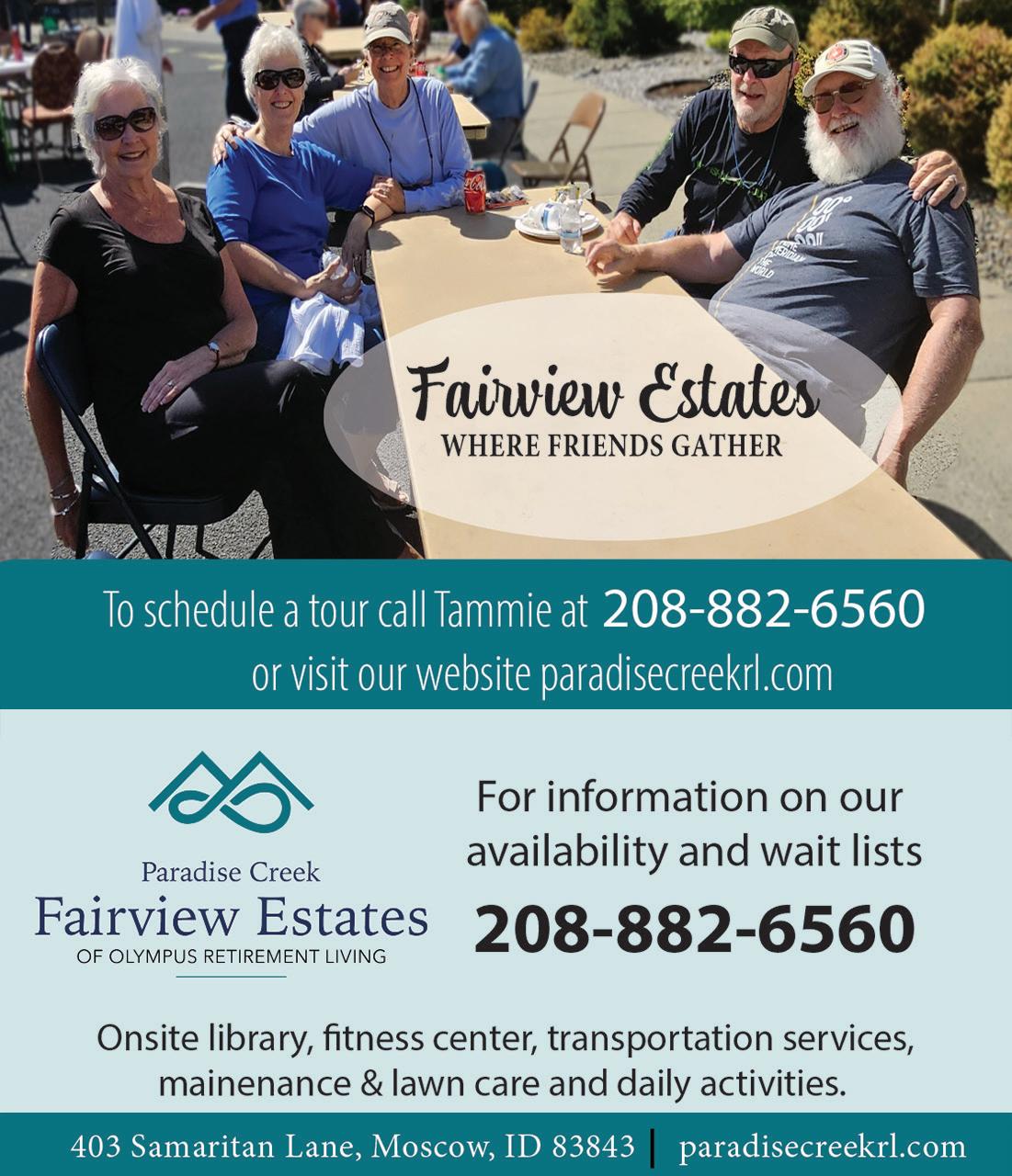
We are proud to o�er the most comprehensive robot-assisted surgery program in the region. Our patients have two options to choose from for robotic surgery—the Mako SmartRobotics™ and VELYS™ Robotic-Assisted Solution. These cutting-edge technologies are customized to each patient's speci�c anatomy, resulting in more predictable outcomes, better results, improved mobility, and faster recovery.
Our expertise covers a broad range of procedures, from your shoulders to your ankles to your two left feet—including your hand and spine—we've got you covered.

Call
to schedule an appointment or visit sjrmc.org/orthopedics to learn more.

